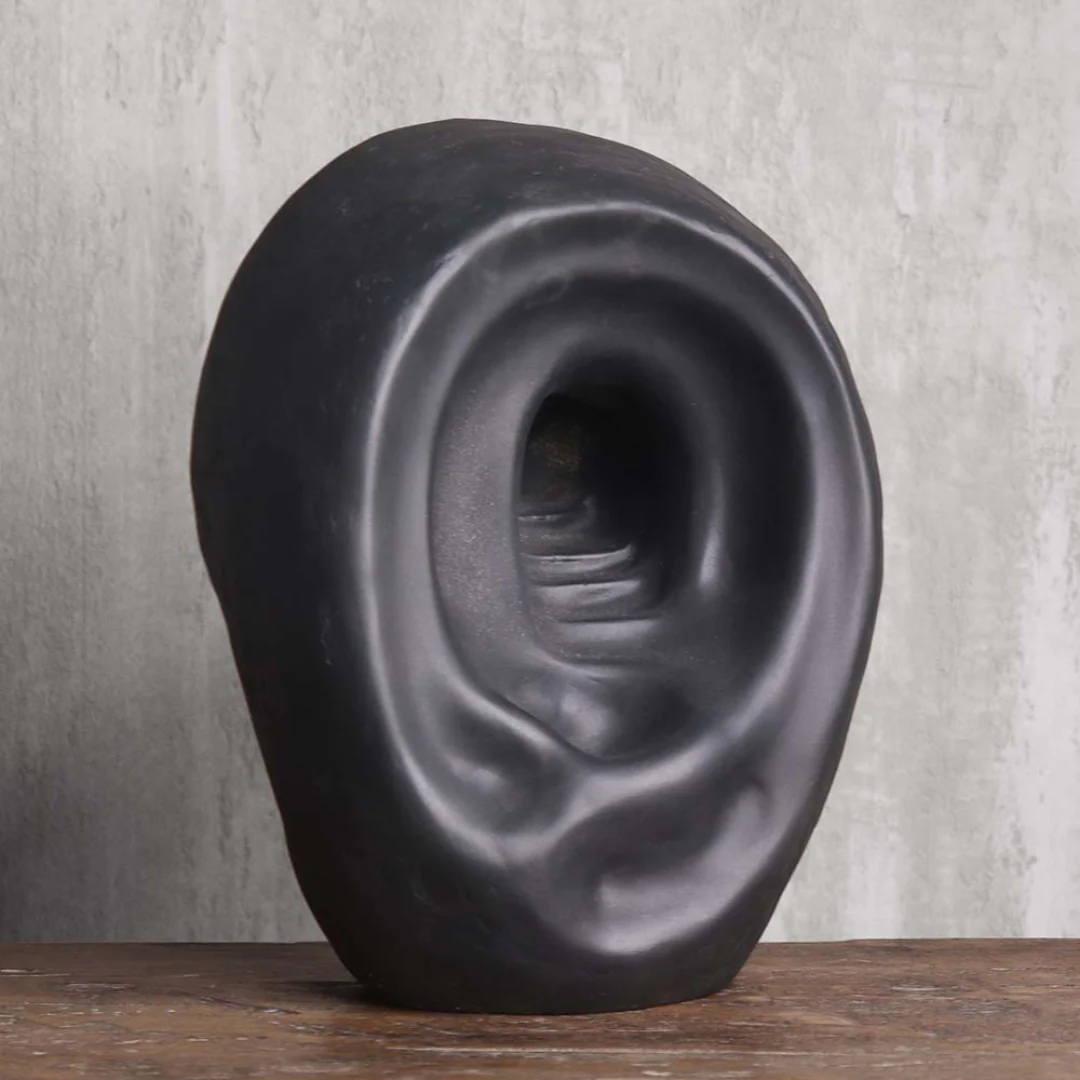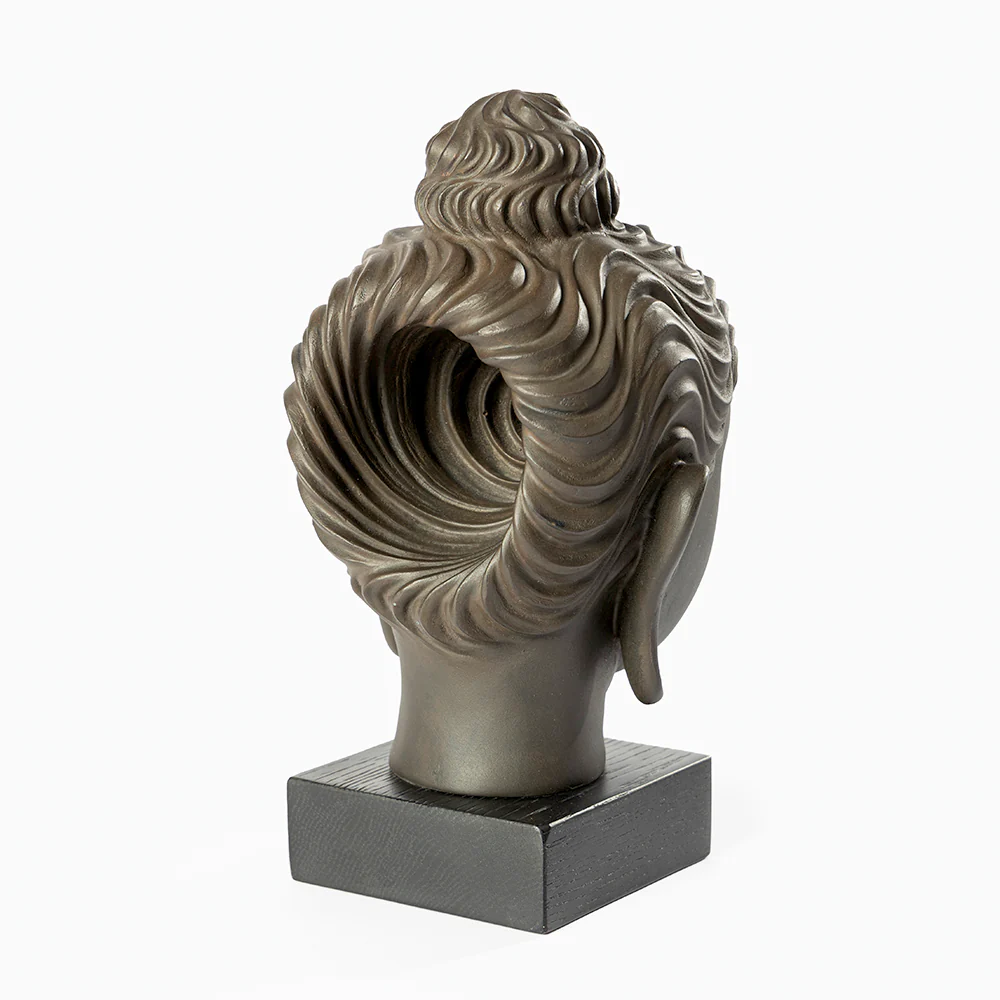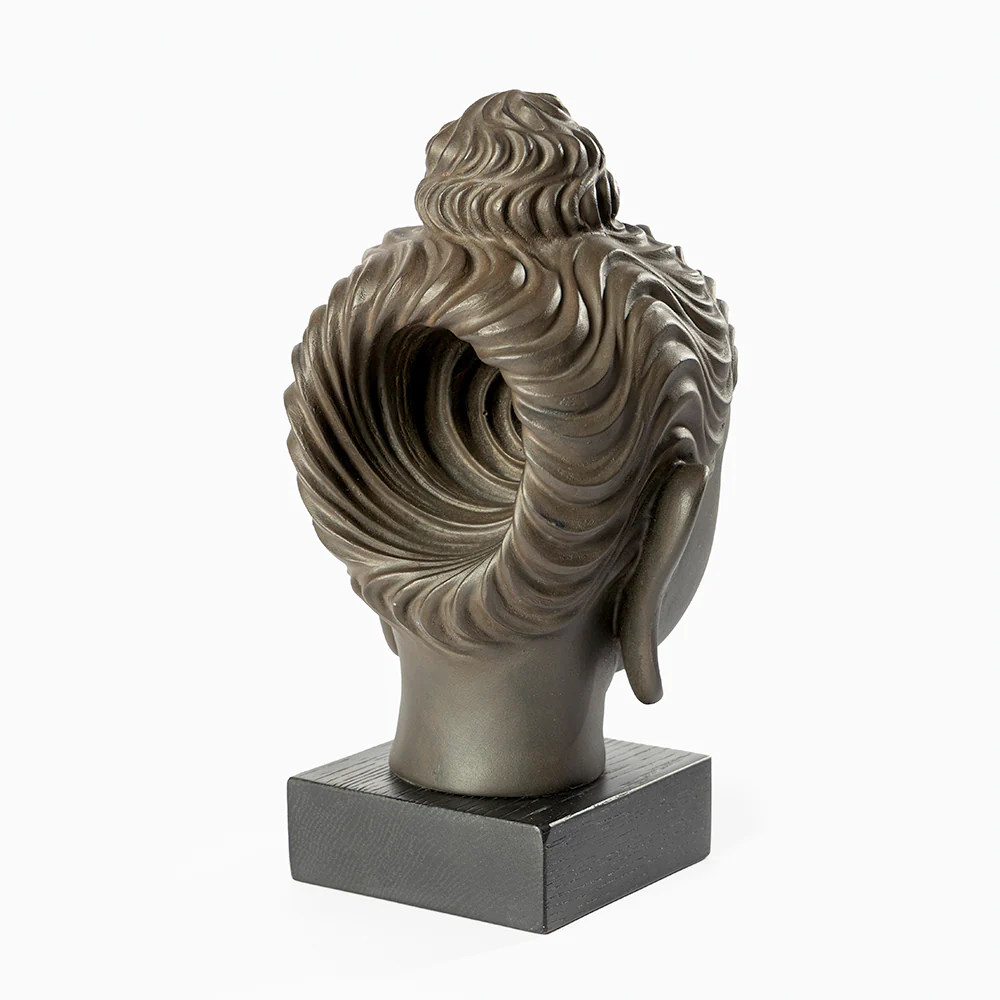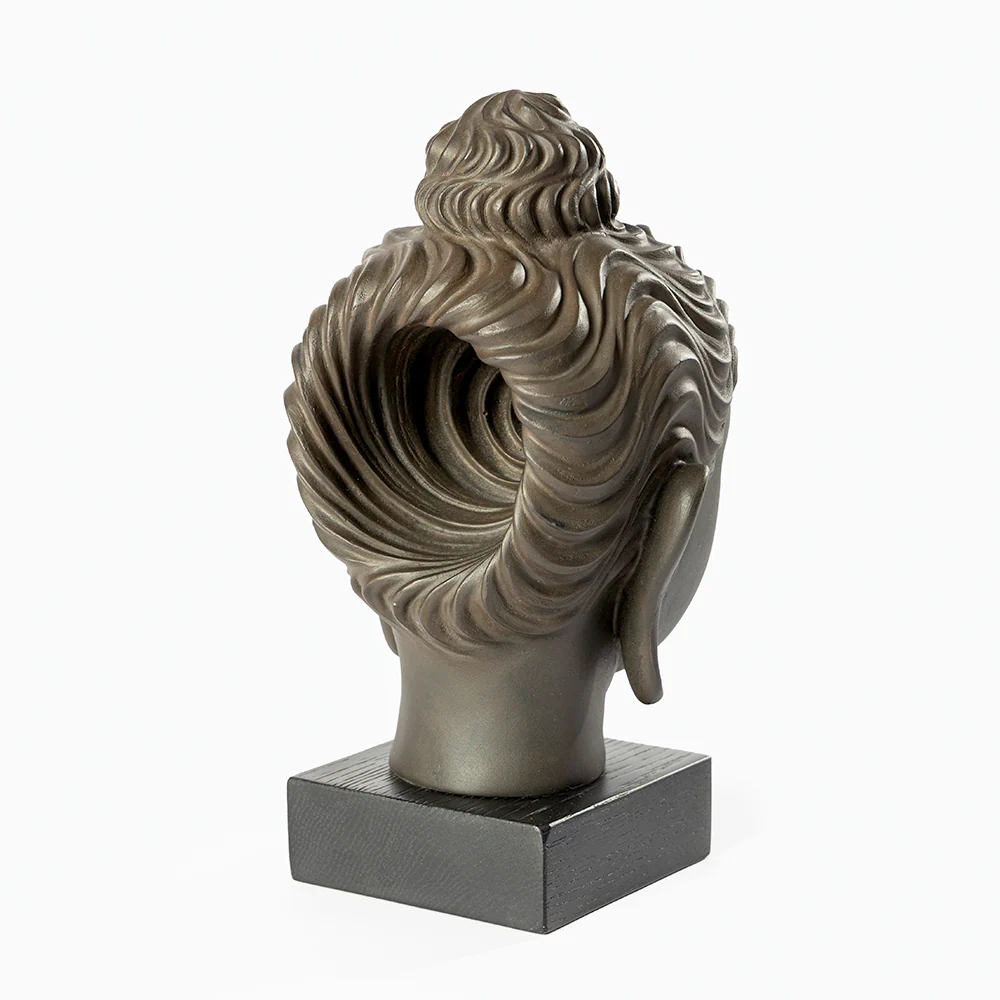Fine Art Sculpture: A Fusion of Creativity and Craftsmanship
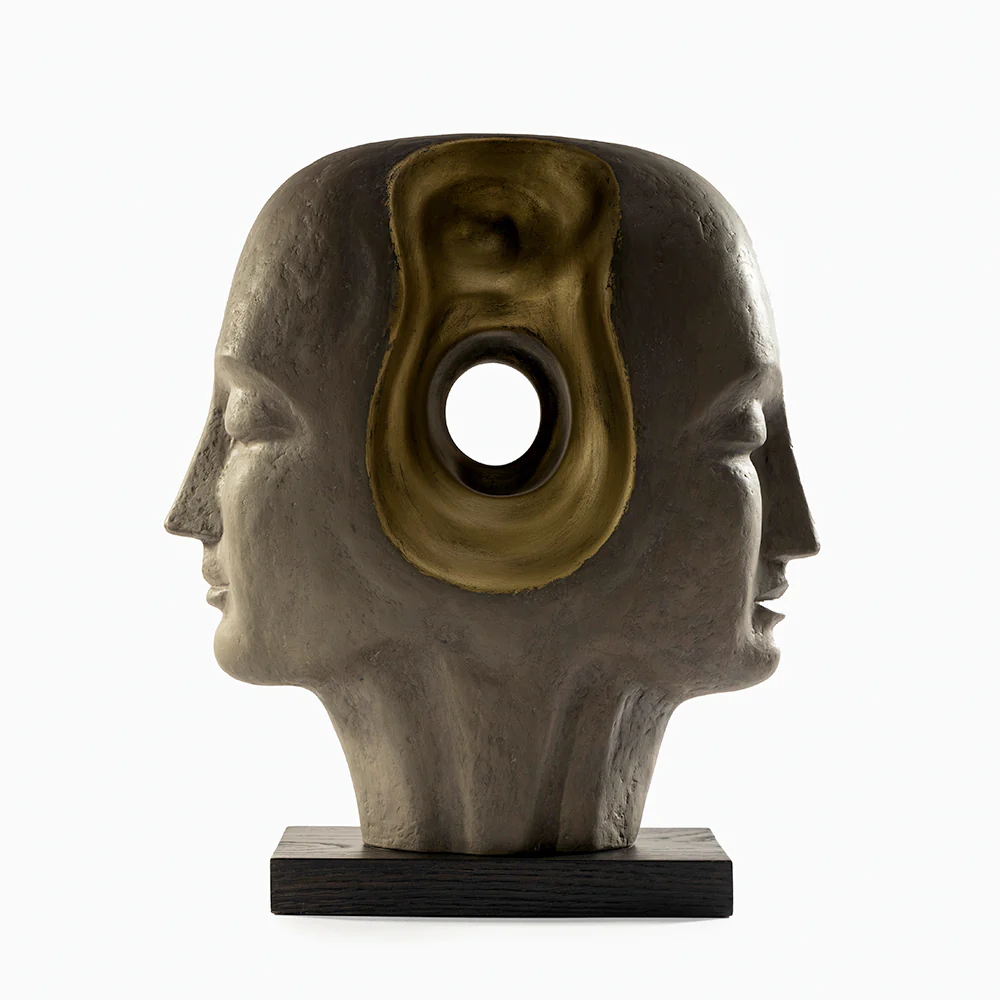
Strong 8k brings an ultra-HD IPTV experience to your living room and your pocket.
Fine Art Sculptures are exceptional works of art that blend creativity, skill, and imagination. These sculptures serve as powerful visual statements, capturing emotions, cultural values, and artistic expression. From towering monuments to intricate figurines, fine art sculptures continue to inspire admiration worldwide.
History and Evolution
Fine art sculpture has a rich history dating back to ancient civilizations. Early examples include stone carvings by the Egyptians and terracotta figurines from the Indus Valley. The Greeks refined sculpture into a celebrated art form, creating lifelike marble statues that depicted gods, warriors, and athletes. The Renaissance period saw a revival of sculptural art with artists like Michelangelo producing masterpieces such as David and Pietà, emphasizing realism and emotion.
In modern times, sculpture has evolved to include abstract designs, interactive installations, and digital creations. Artists now explore new materials and unconventional styles, broadening the scope of fine art sculpture.
Materials Used in Fine Art Sculptures
The choice of materials plays a crucial role in the aesthetics and durability of sculptures. Popular materials include:
Marble: Known for its elegance and durability, marble has been a favored material for centuries. Sculptors prize it for its smooth texture and ability to capture fine details.
Bronze: Popular in both classical and contemporary sculpture, bronze allows artists to create detailed and expressive figures through the casting process.
Clay: Often used for preliminary models or finished pieces, clay is versatile and allows intricate designs.
Wood and Glass: Contemporary artists often incorporate these materials to add texture, contrast, and unique visual effects.
Metal and Steel: Common in modern and industrial-style sculptures, these materials offer strength and striking visual appeal.
Techniques and Styles
Fine art sculpture techniques vary based on artistic vision and material. Common methods include:
Carving: This subtractive method involves shaping solid materials like wood or stone by removing excess parts.
Modeling: Using pliable materials such as clay or wax, sculptors mold forms that may later be cast in bronze or other metals.
Casting: In this method, artists create molds to replicate designs in durable materials like bronze or resin.
Assemblage: A contemporary technique that involves combining found objects, creating striking and unconventional designs.
Kinetic Sculptures: These involve movement, incorporating elements like motors or wind to create dynamic displays.
Famous Fine Art Sculptures
Several sculptures have left a lasting impact on global art and culture. Iconic works include:
Michelangelo's David – A Renaissance masterpiece known for its lifelike details and expressive form.
The Thinker by Auguste Rodin – A powerful symbol of contemplation and intellect.
Venus de Milo – An ancient Greek sculpture celebrated for its beauty and mystery.
Cloud Gate (The Bean) by Anish Kapoor – A modern marvel in stainless steel that invites public interaction.
Balloon Dog by Jeff Koons – A playful yet thought-provoking sculpture known for its vibrant finish and oversized form.
Importance of Fine Art Sculptures
Fine art sculptures play a significant role in enriching cultural heritage and artistic expression:
Emotional Impact: These works evoke strong emotions, allowing viewers to connect with stories, themes, or social issues.
Cultural Significance: Sculptures often depict historical events, religious beliefs, or national pride, preserving important narratives.
Aesthetic Appeal: Sculptures enhance public spaces, galleries, and private collections, adding sophistication and elegance.
Investment Value: High-quality sculptures are valued as prized investments, with renowned pieces commanding significant prices in art markets.
Conclusion
Fine art sculpture continues to thrive as a powerful medium of artistic expression. Blending traditional craftsmanship with modern innovation, sculptors create captivating works that resonate with audiences worldwide. Whether representing human emotions, abstract ideas, or social themes, fine art sculptures remain timeless symbols of creativity and cultural identity.
Note: IndiBlogHub features both user-submitted and editorial content. We do not verify third-party contributions. Read our Disclaimer and Privacy Policyfor details.



